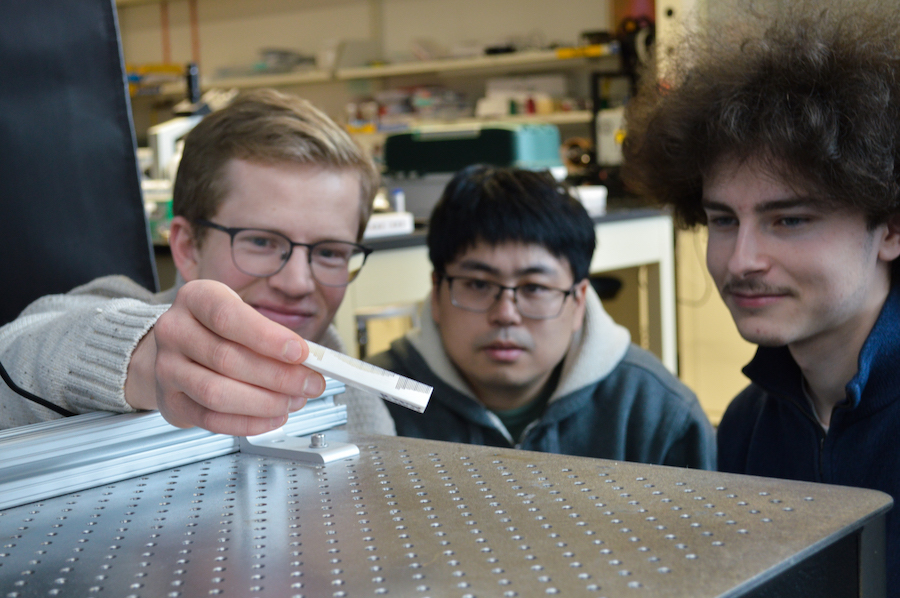
The mysterious character known as “Eleven” in the enormously popular Netflix series “Stranger Things” possessed the ability to manipulate items with her mind without touching them. Although it is not now possible to move objects without even touching them, it may be possible in the near future. Scientists at the University of Minnesota have developed a novel technique for moving objects hands-free using ultrasound waves, which may soon become a reality.
A peer-reviewed, open-access scientific magazine, Nature Communications, has published the work. The method might pave the way for the use of contactless manipulation in fields like robotics and manufacturing.
Light and sound waves may be used to control objects, according to research
Although earlier research showed that light and sound waves might be used to manipulate objects, those objects had to be smaller than the wavelength of sound or light. This time, utilizing a novel technique based on the metamaterial physics principle and capable of moving larger objects, researchers built on their earlier discoveries.
Metamaterials are substances that have been deliberately designed to interact with waves, such as sound and light. Humans can move an object in a precise direction using sound alone when it has a metamaterial pattern on its surface.
“We have known for a while that waves and light and sound can manipulate objects. What sets our research apart is that we can manipulate and trap much bigger objects if we make their surface a metamaterial surface or a ‘metasurface,'” said Ognjen Ilic, senior author of the study and the Benjamin Mayhugh Assistant Professor at the University of Minnesota Department of Mechanical Engineering.
“When we place these tiny patterns on the surface of the objects, we can basically reflect the sound in any direction we want. And in doing that, we can control the acoustic force that is exerted on an object.”
Researchers are working to improve the technique with greater frequencies
The Research team is currently working to improve the technique with greater frequencies, which will eventually enable it to move various materials and object sizes.
“In a lot of fields of science and engineering, robotics especially, there is the need to move things, to transfer a signal into some sort of controlled motion. Often this is done through physical tethers or having to carry some source of energy to be able to perform a task. I think we’re charting in a new direction here and showing that without physical contact, we can move objects, and that motion can be controlled simply by programming what is on the surface of that object. This gives us a new mechanism to contactless actuate things,” Mr Ilic added.






